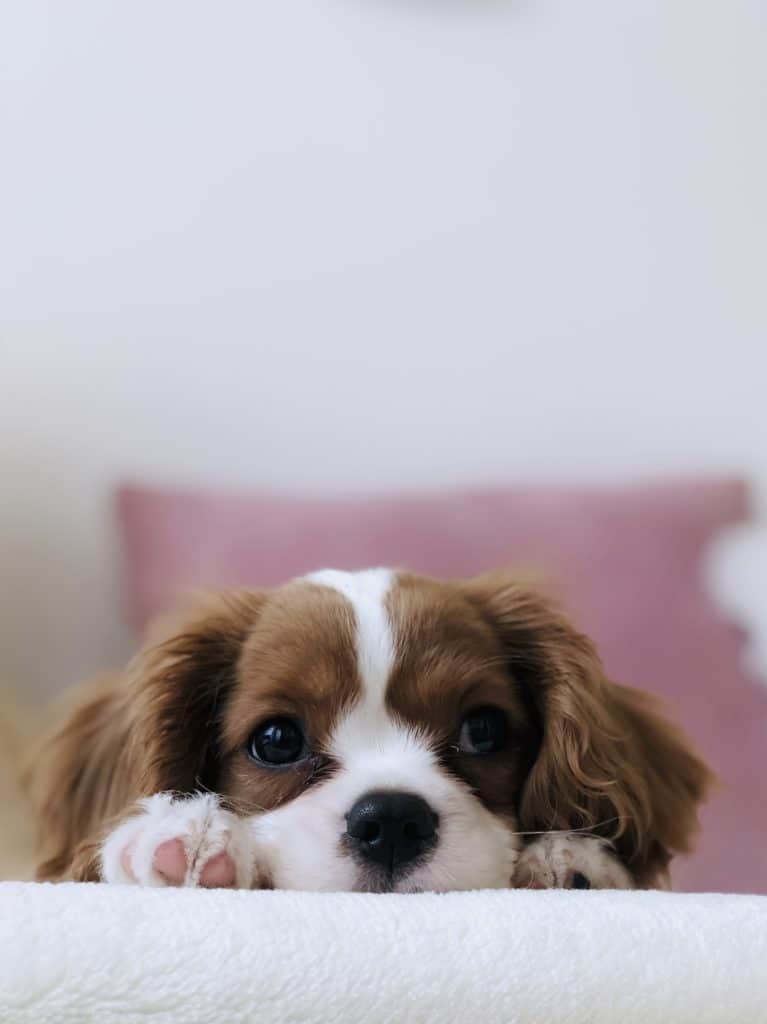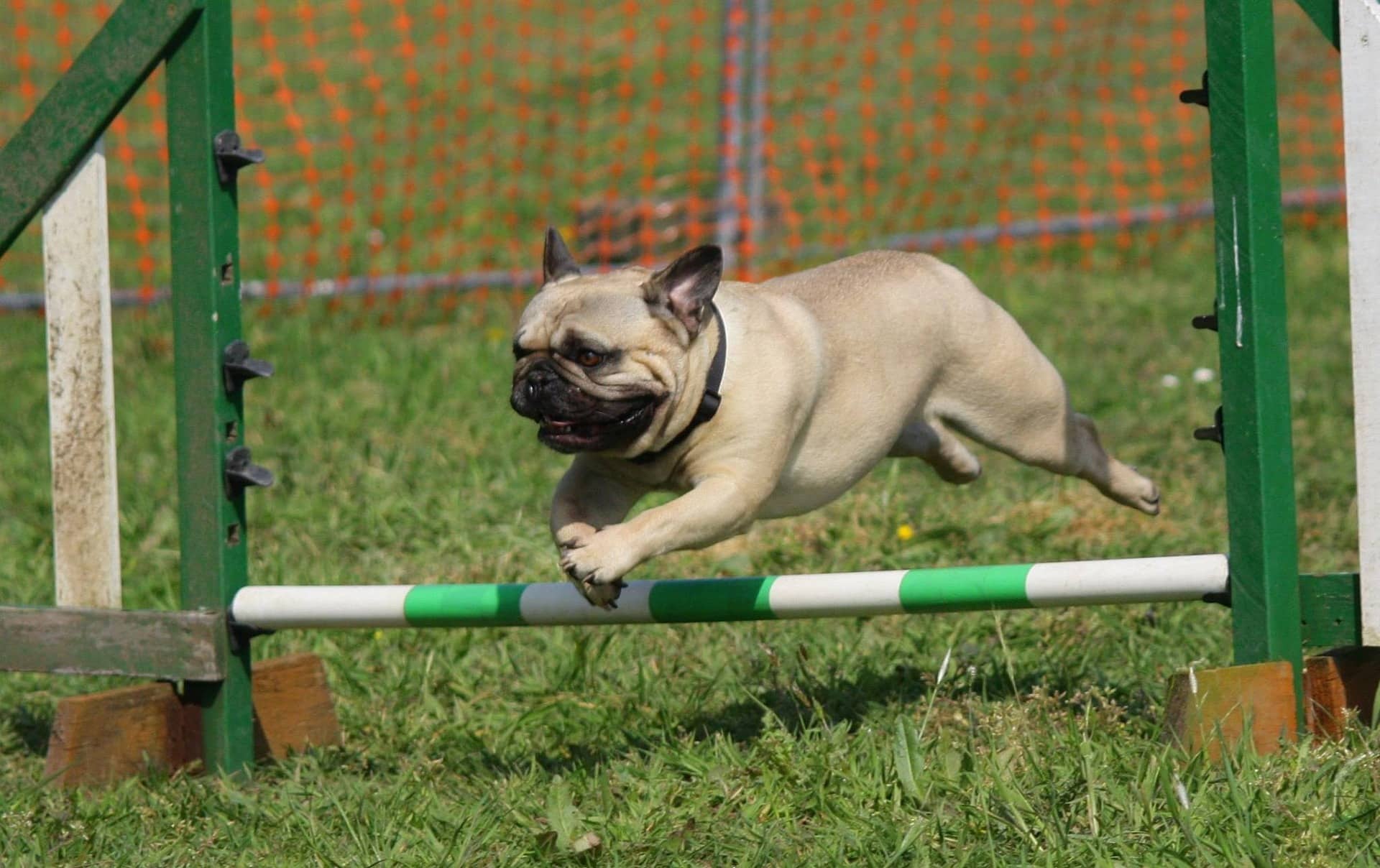Training your new puppy is an exciting journey. It’s a time to build a strong bond with your furry friend while shaping them into a well-behaved and confident adult dog. This comprehensive guide will provide you with the essential steps and tips to make your training process smooth and effective.
Introduction
Bringing a puppy home is a thrilling experience filled with joy and anticipation. However, this fluffy bundle of joy comes with immense responsibility. Training your puppy from the get-go is crucial in shaping a well-behaved adult dog. It’s a process that requires patience, consistency, and a lot of love. This guide will take you through the steps of training your puppy, from basic obedience commands to socialization and beyond.
The Key Principles of Puppy Training
Effective puppy training is based on a few key principles. Understanding and incorporating these principles will help you and your puppy have a more successful training journey.
Positive Reinforcement
The foundation of successful training lies in positive reinforcement. This concept involves rewarding your puppy to encourage desirable behavior. Rewards can be anything your puppy loves, such as tasty treats, a favorite toy, or lavish praise. The idea is to make the behavior you want more rewarding for the puppy than the behavior you don’t want.
Patience
Puppies are not born knowing the rules of human life. They need time to learn and understand what you expect from them. Just like a child, puppies won’t know everything instantly. Patience plays a significant role in puppy training. Remember, every puppy learns at their own pace.
Consistency
Consistency is another crucial factor in puppy training. Using the same commands, hand signals, and reward system will help your puppy understand what you expect from them. Consistency extends to everyone in the household. Everyone should use the same commands and reward system to avoid confusing the puppy.
Short and Frequent Training Sessions
Puppies have short attention spans. Long training sessions can quickly become boring or frustrating for them. It’s more effective to have short training sessions, around 5 to 10 minutes long, multiple times a day. Always end each session on a positive note to keep training fun and enjoyable for your puppy.
Picking the Right Time to Start Training
You might be wondering when the right time is to start training your puppy. The good news is, puppies are like little sponges, ready to soak up knowledge from an early age. You can begin basic training as soon as your puppy comes home, usually around 8 weeks old. It’s never too early or too late to start training your puppy.
Essential Puppy Training Techniques
Training your puppy involves teaching them a variety of skills, from basic obedience commands to proper toilet habits and social skills. Here are the essential training techniques you should focus on in the first few weeks and months.
Basic Obedience Commands
Training your puppy to understand basic obedience commands is a vital part of their early education. These commands not only help you manage your puppy’s behavior but also ensure their safety.
Teaching ‘Sit’
‘Sit’ is one of the first commands you should teach your puppy. Here’s a simple method to do it:
- Hold a treat close to your puppy’s nose.
- Move your hand up, allowing their head to follow the treat and causing their bottom to lower.
- Once they’re in sitting position, say ‘Sit,’ give them the treat, and share affection.
Repeat this sequence a few times every day until your puppy has it mastered. Then, ask your puppy to sit before mealtime, when leaving for walks, and during other situations where you’d like them calm and seated.
Teaching ‘Come’
The ‘come’ command is essential for keeping your puppy safe and is useful for calling them back to you if they slip out of their leash or out of an open door. Here’s how to train it:
- Put a leash and collar on your puppy.
- Go down to their level and say ‘Come’ while gently pulling the leash.
- When they get to you, reward them with affection and a treat.
Once they’ve mastered it with the leash, remove it and practice the command in a safe, enclosed area.
Teaching ‘Stay’
The ‘Stay’ command is crucial for controlling your puppy and ensuring their safety. Here’s how to train it:
- Ask your puppy to ‘Sit.’
- Open the palm of your hand in front of you and say ‘Stay.’
- Take a few steps back and reward them with a treat and affection if they stay.
Increase the number of steps you take backward gradually over time. Always reward your puppy for staying put, even if it’s just for a few moments.
Teaching ‘Down’
The ‘down’ command is useful for keeping your puppy calm and relaxed in a variety of situations. Here’s how to train it:
- Hold a tasty treat in your hand and let them sniff it.
- Move your hand down to the ground, allowing them to follow.
- Slide your hand along the ground in front of them to encourage their body to follow their head.
- Once they’re in the down position, say ‘Down’ and give them the treat and affection.
It’s essential to be patient and avoid rushing the process when teaching this command as it puts your puppy in a submissive posture.
Teaching ‘Leave it’
The ‘leave it’ command helps protect your puppy when they’re about to pick up something harmful or unsuitable. Here’s how to train it:
- Place a less tasty treat in both hands.
- Show them one enclosed fist with the treat inside and say, ‘Leave it.’
- Let them lick, sniff, and paw at your closed fist, but ignore these behaviors.
- Once they stop trying and pull away, give them the treat from the other hand.
Repeat until your puppy moves away from the first fist when you say ‘Leave it.’ Then, only give your puppy the treat when they move away from that first fist and also look up at you.
House Training Your Puppy
House training is one of the first things your puppy needs to master. Most puppies can start to be house trained around 8 weeks old. Here’s a simple process to follow:
- Establish a regular feeding schedule and stick to it. What goes in on a regular schedule will come out on a regular schedule.
- Take your puppy out first thing in the morning and then once every 30 minutes to an hour. Also, always take them outside after meals or when they wake from a nap.
- Take your puppy to the same spot each time to do their business. Their scent will prompt them to go.
- Stay with your puppy outside, at least until they’re house trained.
- When your puppy eliminates outside, praise them or give them a treat.
It’s important to remember that puppies don’t develop full bladder control until they’re about 16 weeks old. So, expect some mistakes in the beginning. When accidents happen, clean up without making a fuss. Never punish your puppy for having an accident as this will only create fear and confusion.
Socialization Training
Socialization is a critical part of your puppy’s education, helping them grow into a well-rounded and confident adult dog. It involves exposing your puppy to a variety of people, environments, and other animals in a safe and positive way.
Start socializing your puppy as soon as they come home. At this age, puppies are most open to new experiences, which makes it the perfect time to expose them to a wide variety of sights, sounds, smells, and situations. Gradually introduce your puppy to different people, environments, and other animals. Always ensure these experiences are positive and non-threatening.
Leash Training
Leash training is another essential skill your puppy needs to master. A well-leash-trained dog is safer and much more enjoyable to walk. Here’s how to do it:
- Introduce the leash and collar or harness to your puppy in a calm environment.
- Let your puppy wear them around the house, getting them used to the weight and feel.
- With your puppy on the leash, sit on the floor and call your puppy to you. Reward them when they come.
- Start taking short walks around the house and garden, rewarding your puppy for staying near to you.
- Gradually increase the length and complexity of walks as your puppy gets more comfortable on the leash.
It’s important to be patient during leash training. Some puppies may take to it naturally, while others might need more time. Remember to keep the experience positive and rewarding for your puppy.
Dealing with Puppy Behavior Problems
As cute and adorable as they are, puppies can also exhibit challenging behaviors. Knowing how to handle these behaviors effectively can help ensure they don’t become long-term problems.
Nipping and Biting
Nipping and biting are normal behaviors for puppies as they explore the world around them. However, it’s important to teach your puppy that biting people is not acceptable. Here’s how:
- When your puppy bites, say “Ouch!” in a firm voice.
- If they continue to bite, say “Ouch!” again and leave the room for a few minutes.
- If your puppy bites during play, immediately stop playing and ignore them for a few minutes.
- Never punish your puppy for biting. Instead, reward them for calm behavior and for playing with their toys.
Excessive Barking
Puppies bark for many reasons: to get attention, when they’re scared, when they’re bored, and more. Here’s how to handle excessive barking:
- Determine why your puppy is barking. Are they bored? Scared? Seeking attention?
- Address the cause of the barking. If they’re bored, provide more mental and physical stimulation. If they’re scared, work on desensitizing them to the scary stimulus.
- Teach your puppy the “Quiet” command. When your puppy starts barking, say “Quiet” in a calm, firm voice. When they stop barking, reward them with a treat.
Chewing
Chewing is a natural behavior for puppies, especially during teething. However, it’s important to teach your puppy what they can and can’t chew. Here’s how:
- Provide plenty of chew toys for your puppy.
- If you catch your puppy chewing something they shouldn’t, distract them with a loud noise and replace the item with one of their chew toys.
- Keep items you don’t want your puppy to chew out of their reach.
- Praise your puppy for chewing their toys.
Ongoing Training and Education
Training a well-behaved dog doesn’t stop after the initial puppy training sessions. Ongoing training and socialization throughout your dog’s life will help ensure they remain a well-behaved and happy member of your family.
Consider enrolling your puppy in advanced training classes or dog sports. These activities can be a fun way to bond with your dog and keep them mentally and physically stimulated.
Training your puppy may seem like a lot of work, but the effort you put in now will pay off tenfold in the future. A well-trained dog is a joy to live with and a source of pride. Remember to be patient, consistent, and positive, and most importantly, enjoy this special time with your new puppy!

Author’s Note: The information provided in this article is intended for informational purposes only. It’s not a substitute for professional veterinary advice, diagnosis, or treatment. Always seek the advice of your veterinarian when in doubt.

